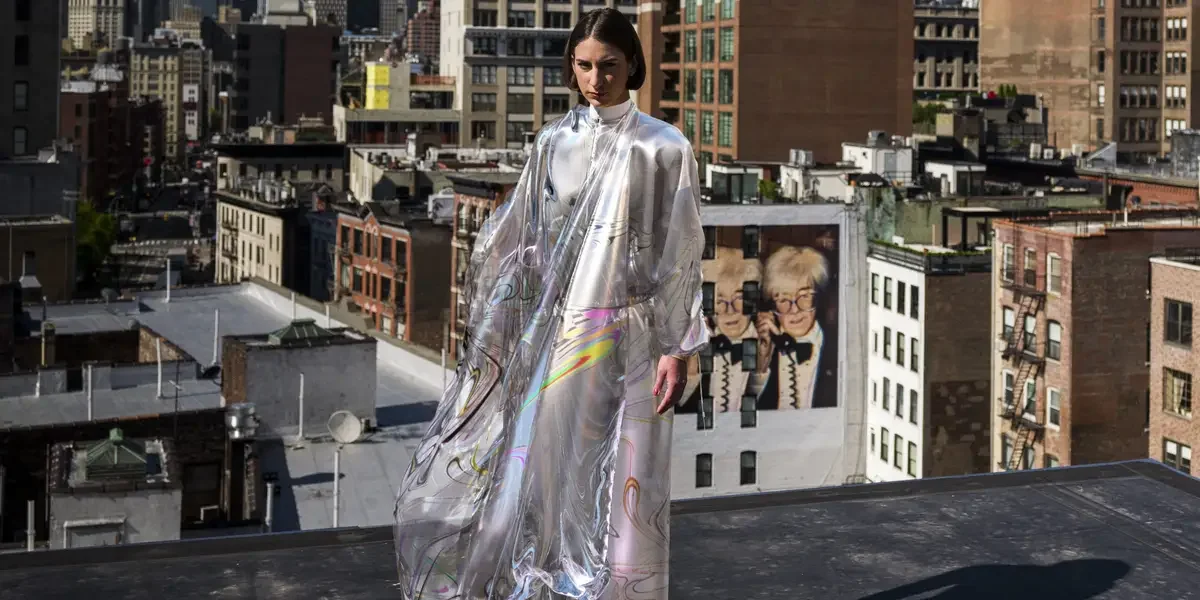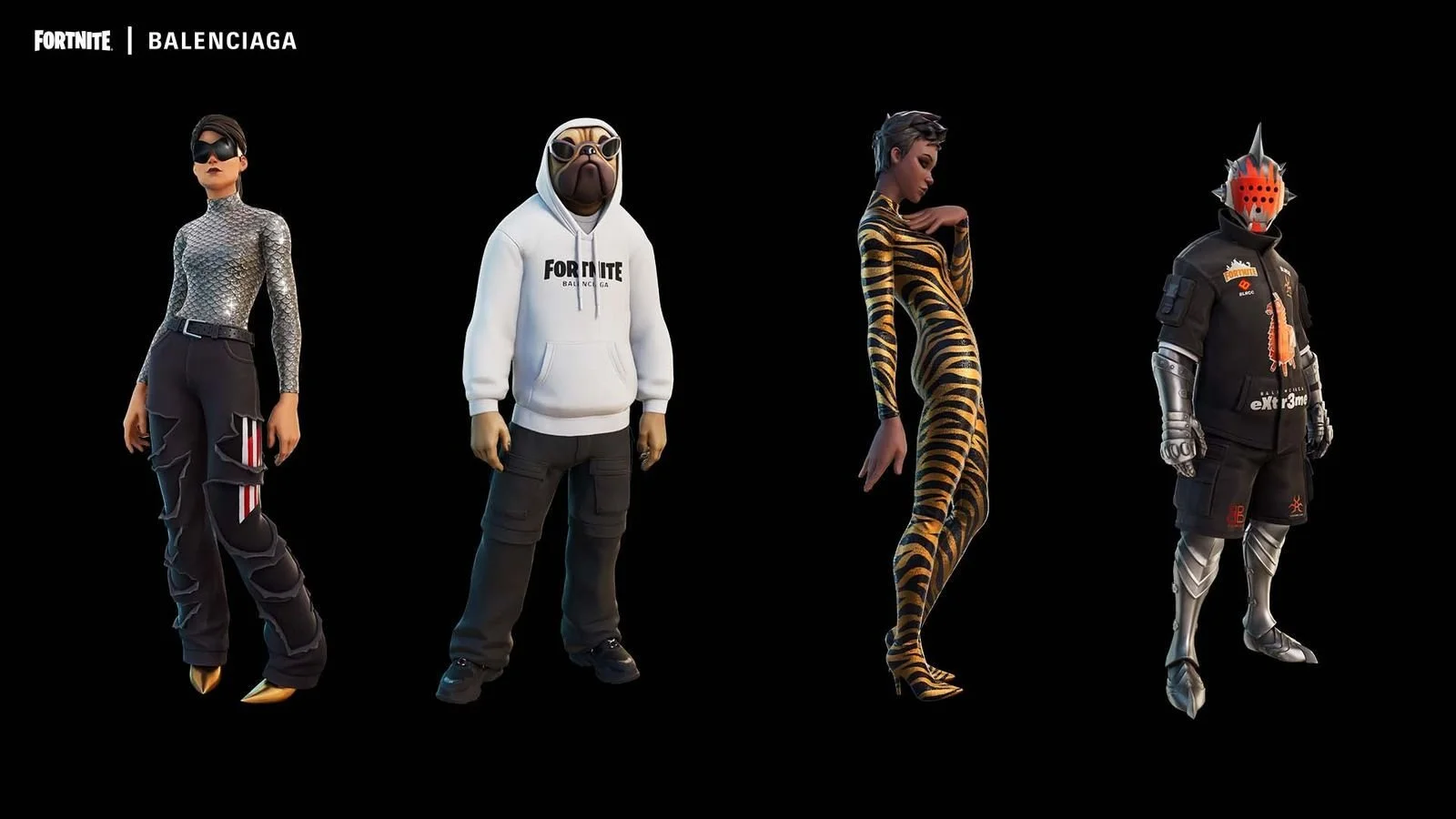Digital Fashion is The New Form of Couture
Couture has always been about pushing the limits of what fashion can be. In the 20th century, it meant re-engineering fabric, silhouette and spectacle. In the 21st, that frontier is increasingly digital. As luxury houses and independent studios alike explore virtual design, digital fashion is emerging as a new form of couture: rare, experimental, and boundary-defying.
Iridescence The Fabricant
Digital craft as couture
The Fabricant, an Amsterdam-based digital fashion house, has become emblematic of this shift. In 2019, it sold Iridescence (a digital-only dress) for USD 9,500 (Vogue Business). The garment exists purely as data, designed and rendered with the same precision and creative intent as any hand-stitched gown. For its creators, the craft lies not in seams or embroidery, but in 3D modelling, rendering, and generative design.
This echoes couture’s central values: exclusivity, artistry, and vision. Just as hand embroidery can elevate a garment into the realm of art, so can digital shaders, fabric simulations, and impossible silhouettes unconstrained by physics.
The new runway
The pandemic accelerated the shift to digital presentations. Fashion weeks streamed online; brands began experimenting with augmented reality and rendered lookbooks. Balenciaga’s collaboration with Fortnite in 2021 pushed this further, releasing branded outfits for avatars alongside a physical capsule collection (WWD). The project illustrated how digital couture can operate both as a cultural moment and as a revenue stream.
For a younger audience raised on gaming and social platforms, digital self-expression is second nature. Virtual clothing functions as identity signalling in the same way as physical fashion, often with equal or greater emotional resonance.
For luxury houses, which trade on the values of intent and scarcity, this represents an opportunity to extend exclusivity into an immaterial but sustainable space.
Fortnite Collaboration Balenciaga
Heritage reimagined
For established maisons, digital fashion does not replace heritage craft but reinterprets it. Archive patterns, signature techniques, and iconic silhouettes can be translated into rendered form, offering new creative directions and reaching audiences in both physical and digital spheres. The couture atelier of the future may pair the embroiderer’s needle with the designer’s rendering software.
Couture’s next chapter
Couture has always been a site of experimentation, often ahead of its time. Digital couture continues that tradition: it is couture stripped of physical limits, yet still grounded in artistry, rarity, and vision. The shift from runway to render is not a rejection of fashion’s past but its natural evolution into new domains.


